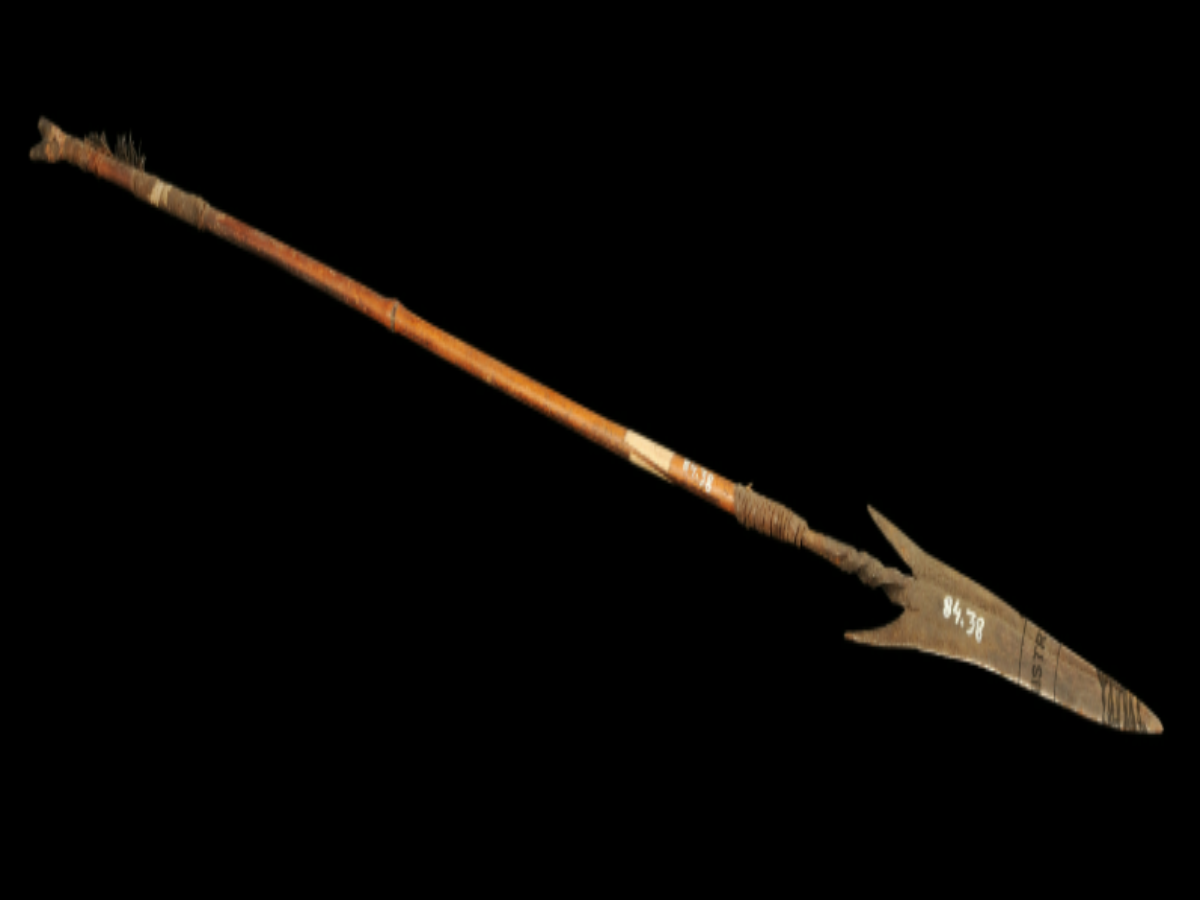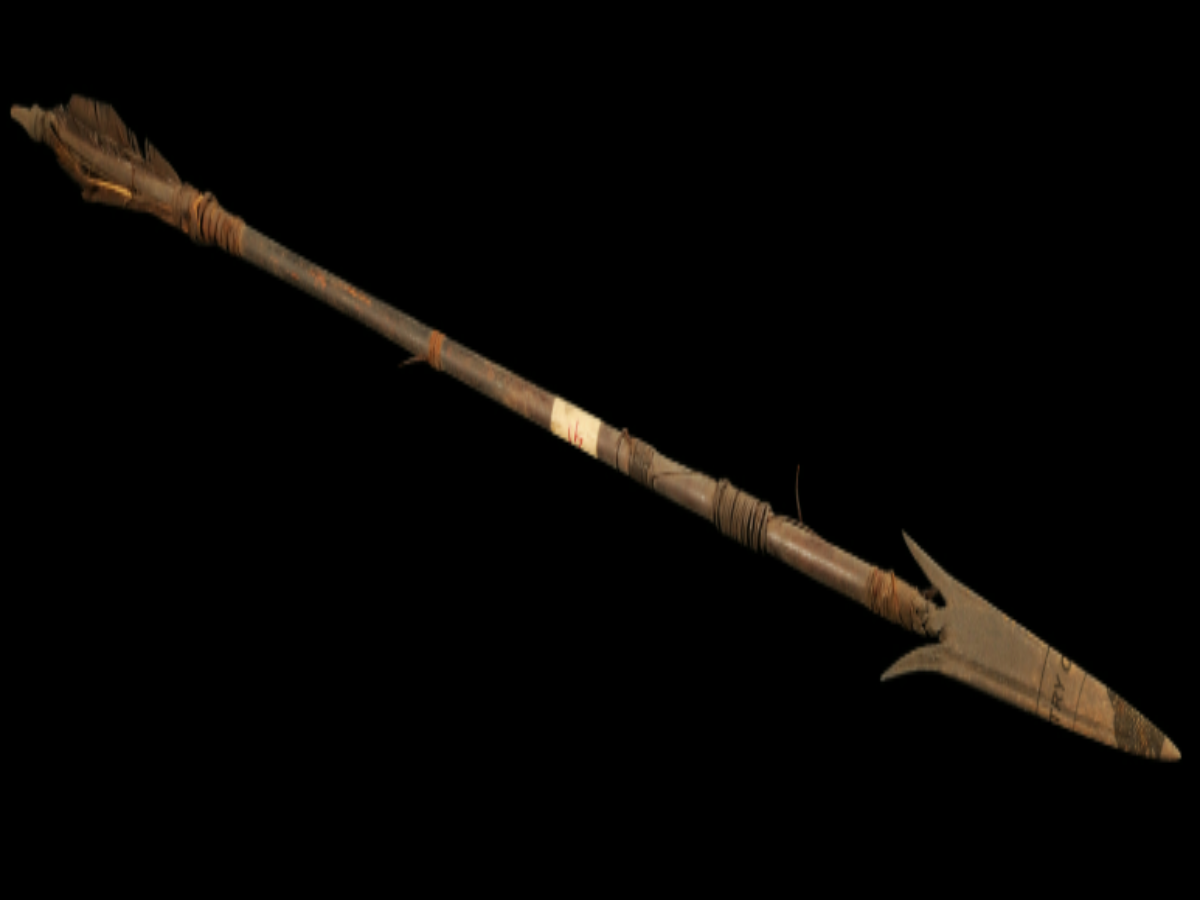State
Tribe Name
Art Type
short description
The Kanda arrow is employed by the Gadaba tribe, which is an indigenous people living in the forested and hilly areas of Odisha and Andhra Pradesh. Their knowledge of and relationship with nature and dependence on forest resources have enabled the Gadabas to sustain their ancient traditions of using the Kanda and many different kinds of arrows for hunting and even survival.
Thumbnail

Filter Postion
Left
Filter Background
Off
Theme
Filter Header Image

content
Image

description
The Kanda arrow is employed by the Gadaba tribe, which is an indigenous people living in the forested and hilly areas of Odisha and Andhra Pradesh. Their knowledge of and relationship with nature and dependence on forest resources have enabled the Gadabas to sustain their ancient traditions of using the Kanda and many different kinds of arrows for hunting and even survival.
The Kanda has two main components: a bamboo shaft and an iron arrowhead. The shaft can be straight and lightweight, being somewhat bigger in diameter and length than the Kanda body so that it, more importantly, provides balance and stability during flight. The iron blade is designed for maximum efficient impact, inserted into the front of the shaft, and tightly secured through conventional fiber bindings. The arrowhead has two barbs at its upper end, securing the arrow from readily coming off after impact and proving useful in bigger and faster game hunting.
The Kanda has two main components: a bamboo shaft and an iron arrowhead. The shaft can be straight and lightweight, being somewhat bigger in diameter and length than the Kanda body so that it, more importantly, provides balance and stability during flight. The iron blade is designed for maximum efficient impact, inserted into the front of the shaft, and tightly secured through conventional fiber bindings. The arrowhead has two barbs at its upper end, securing the arrow from readily coming off after impact and proving useful in bigger and faster game hunting.
Image Mode
landscape
Image

description
Since the feathers are needed for aiding flyability and aerodynamic stability during flight, they are firmly attached to the lower end of the shaft. The feathers are carefully selected and affixed with natural fibers to promote smooth passage through the air and good control with the archer.
The Kanda provides a neat example of the Gadaba tribe's applied knowledge of local materials and wildlife behavior, alongside traditional arrow-making craftsmanship. Even though arrows made from strange materials have greatly diminished in usage because of restrictive modern hunting laws, they constitute a relic of cultural heritage, often finding their place in exhibits at ethnographic museums and tribal shows.
The Kanda provides a neat example of the Gadaba tribe's applied knowledge of local materials and wildlife behavior, alongside traditional arrow-making craftsmanship. Even though arrows made from strange materials have greatly diminished in usage because of restrictive modern hunting laws, they constitute a relic of cultural heritage, often finding their place in exhibits at ethnographic museums and tribal shows.
Image Mode
landscape
promoted
On
Verified
Off
